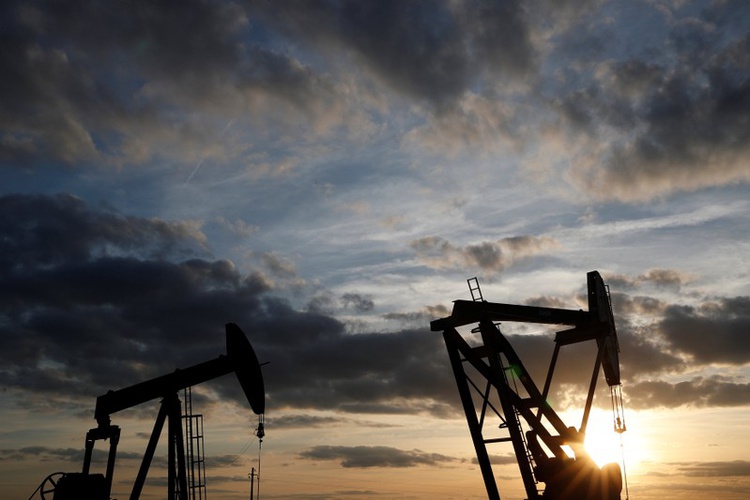On 22 June 2018, oil ministers from the so-called “OPEC+” countries – which refers to the Organization of Petroleum Exporting Countries members and an alliance with several non-OPEC producers, notably with Russia, Kazakhstan and Azerbaijan – gathered in Vienna to discuss the status and future of their production limitation agreement which was initiated in November 2016 and that runs until the end of December 2018. This landmark agreement has been a game changer for oil markets, as Saudi Arabia agreed to cut production and Russia agreed to postpone the increase of its record high and steadily rising liquids output.
Another challenge is that continuing the current production cuts carries risks as market developments have surpassed these producers’ expectations: oil prices have topped $80 per barrel (bbl), way above what they hoped to achieve, and global stock levels have decreased, as they were planning. With the unforeseen and uncertain developments in Iran and Venezuela, prices may even increase further to as high as $90/bbl. Russia and Saudi Arabia will be tested as short and long-term strategists, based on how they will transform their alliance, to make it more operational and consistent with the recent market developments.
Such higher prices risk slowing down the global economy and oil demand growth, but also accelerating the growth of non-OPEC supply: the United States that has already added 700 thousand (kilo) barrels per day (kb/d) to liquids production in 2017, compensating for Saudi’s supply cut, is expected to add much more supply in 2018 and to ramp up its exports further. In 2018, the growth in non-OPEC supplies is expected to be higher than the growth in demand, but geopolitical tensions are strong and push prices up.
OPEC’s total liquids output only decreased by around 400 kb/d in 2017 versus 2016, due to the surge in output from Libya and Iraq. This also highlights the extent to which the production levels chosen as the baseline for the cut were high. With the return of US sanctions, Iran’s 2.5 million barrels per day (mb/d) exports could slightly decline but it is expected that China, India, possibly also Russia and others, will find ways to access most of this oil, possibly at some discount, given that there will not be strong discipline to respect unilateral US sanctions.
Keeping the current deal unchanged would put OPEC in a more-entrenched defensive position and potentially make it harder to agree and effectively influence oil markets in the future: this would require notably cutting production further (unless Venezuela’s dip continues), loosing revenues and market shares and risking lower compliance from several key members or allies. By contrast, raising OPEC+ output in the second part of 2018 could help avoid accelerating the weakening of OPEC’s market position, which should be a serious issue for consideration. It also remains to be seen how Saudi Arabia will accommodate these realities with its planned Aramco Initial Public Offering (IPO) for which it needs a high oil price, and with the concerns expressed by President Trump as his voters will face higher gasoline prices this summer ahead of the mid-term elections.
Navigating the Storm: ‘OPEC+’ Producers Facing Lower Oil Prices’ – Report by Marc-Antoine Eyl-Mazzega (ed.), Carole Mathieu, Elodie Bernard, Philippe Copinschi, Saïd Nachet, Isabelle Rousseau – Institut français des relations internationales / IFRI.
(The Report can be downloaded here)




